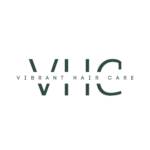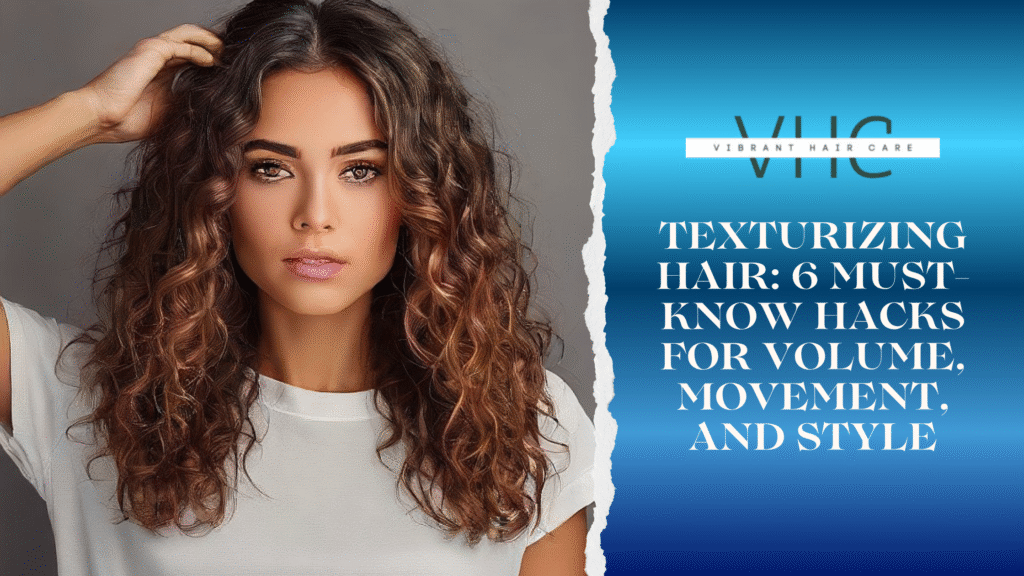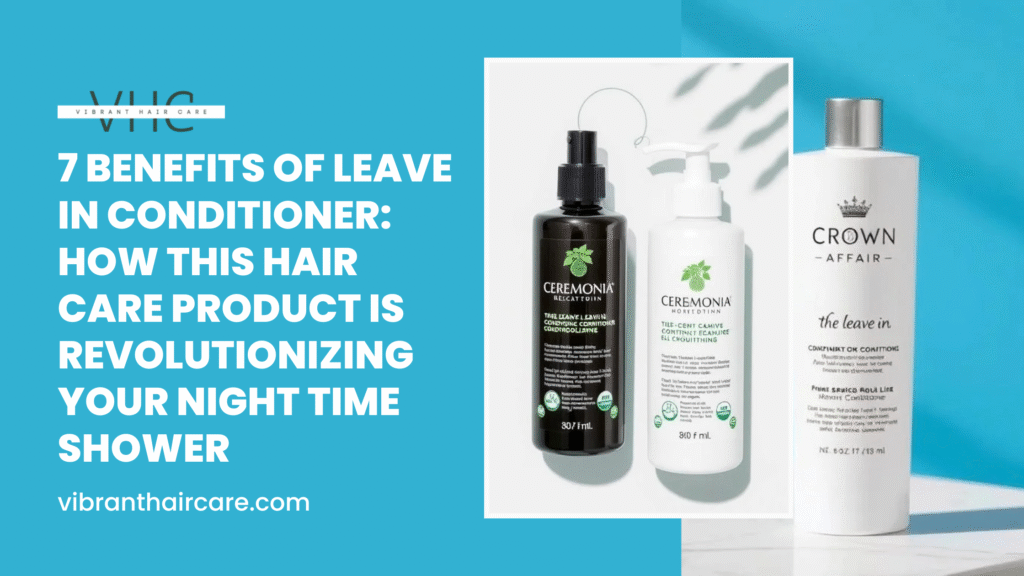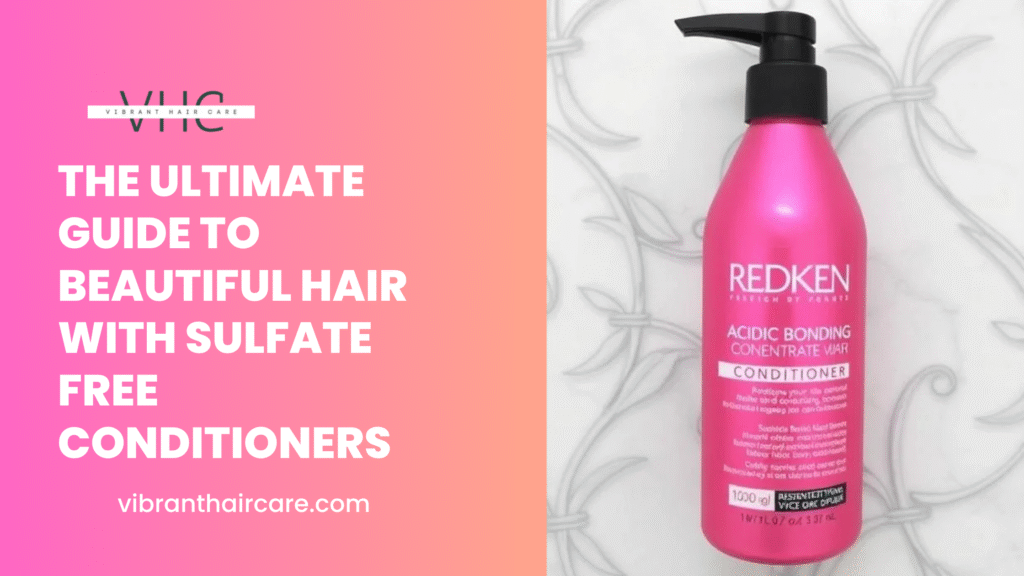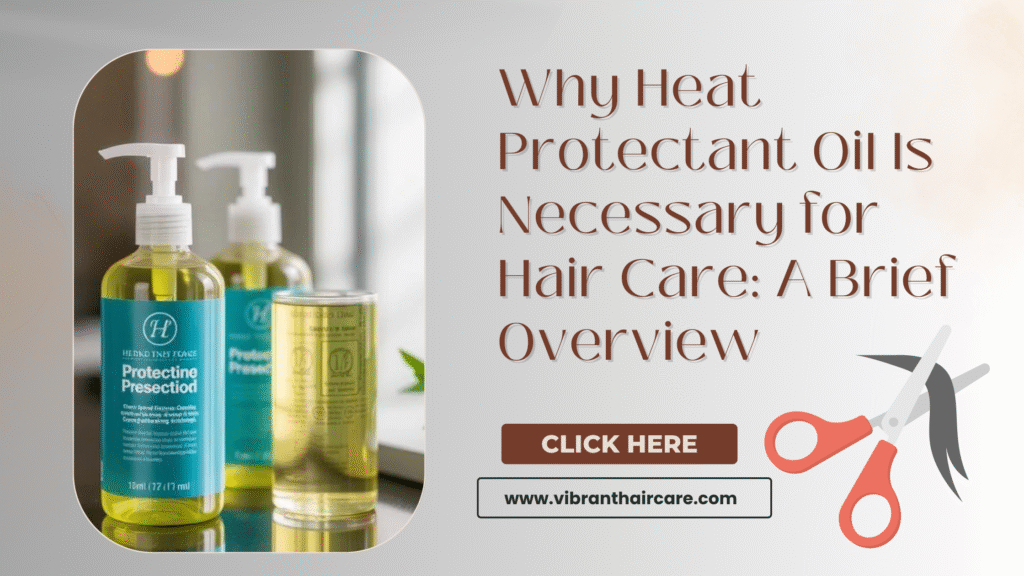Table of Contents
Introduction: Why Texturizing Hair Is the Secret to Effortless Style
Texturizing hair can also be a new game-changer in your hair whenever it is too flat, too thick, or simply too hard to manage. Texturizing hair is much more than the current fad of the salon; the method strips hair of the mass, accents form, and imbues hair with motion without the loss of its length. That is how even stylists can achieve those light, smart casual, slept-in and styled looks that remain structured and voluminous throughout the day.

Use texturizing, whether it is straight, wavy, or curvy, and it will help your hair come to life. It will increase volume at the roots and promote going-through at the ends, as well as adding greater control when styling with products or heat. And the top of that? The final result is not always necessary when you need scissors to access the benefits of the texturized hair, rather than some special products and styling tricks that can duplicate the same effect as working with a pair of scissors.
This guide will tell you about 6 insider hacks for texturizing hair that will enable you to make hair move and look voluminous, salon-level, at home. Whether it is the layering techniques or the dry styling hacks or the perfect product combinations, they will help your hair to feel lighter, bouncier, and instantly dressed up, without being so whatsoever, regardless of the hair type.
1. Start with the Right Cut: Layers That Work with Your Texture
Getting good hair begins with the salon. As much as styling products and equipment are useful, the fact remains that texturizing hair will be a product of haircut, and this is the truth.
Why It Matters: One-length heavy styles will have a tendency to weigh the hair down and weighing down, keeping a volume or shape. Carving down into the garment gives it layers or texture to be strategic, and by doing so, you take away bulk and show off that natural flow that you have.
Best Haircuts for Texture and Volume:
- Long layers: perfect to add body without taking length
- wolf cuts or shag cuts: broken down hair, perfect for moving freely and chopped up definition
- Razor cuts: provide light, airy separation and a lived-in look with straight hair or wavy hair
Pro Tip: If you are explaining to your stylist what you want, just tell them you want soft texture, lift at the crown, and movement in the ends. Take a list of photos as references and inquire about the way they are going to add texture to your particular hair.
2. Dry Shampoo Isn’t Just for Dirty Hair
You still think dry shampoo is reserved only for your post-Sunday hair? Think again. It is, in fact, one of the more underestimated hair texturizer tools of all time, particularly when it comes to making use of it on newly washed hair.
The Way It Can Give Texture: Dry shampoo absorbs oil and gives a tacky feel at the roots. The added friction forms the perfect base of volume and long-lasting styles, without the crunch.
How to Apply It Correctly:
- The bottle should be at 6-8 inches and sprayed into the roots
- After leaving it sit 3for 0 to 60 seconds, it should be massaged in
- Head over heels, turn your head upside down, fluff more lift
Product Picks by Hair Type:
- Fine hair: Use a light, holding, transparent powder formula
- Thick or coarse hair: Spray something more absorbent using volumizing components such as rice starch or clay
3. Master the Art of Salt Sprays and Texture Mists
There is nothing that says less effort than beachy, undone waves, and this is the kind of thing that salt sprays and texture mists are about. The items somewhat recreate the windblown look of sea air, even when you are far away on the shore.
What They Do: Sea salt sprays generate a bit of grittiness to make locks perk up and create a natural-looking body, perfect on tired or flat-looking hair. The texture mist mixes also allow other ingredients, such as glycerin or light/low polymers, to enhance shape and shine.
When to Use Them:
- Wet hair: On damp hair, you can create naturally tousled waves when air-dried
- Dry hair: You could dry your hair to revive flat styles or prepare to create some updos
- Heat tools: On keeping of bends in flat iron or wand waves in the waves
DIY Hack: Combine 1 cup of warm water, 1 tsp sea salt, 1 tsp leave-in conditioner, er and a couple of drops of argan oil. Gently shake and spray the middle lengths through to the ends to receive an instant texture.
Check Out: Layered Haircut Styling: 7 Flattering Ways to Style Every Layer Like a Pro.
4. Strategic Teasing for Long-Lasting Volume
The technique of teasing is one of the biggest beauty secrets that never gets old and is one of the best to allow hair to acquire decent texture and have a massive lift. The key? It just depends on the technique.

How to Tease Without Damage:
- When doing a perm, use freshly dry hair only
- Make use of a teasing brush with soft bristles or a fine-tooth comb
- Finger gently, down, and leave off back up and down movement or hard concentration
- Spritz each area with a little hold texture spray
Where to Tease for the Best Lift:
- Crown: to get the height and volume of the roots
- Mid-shaft: makes full without being puffy
- Underside layers: a necessary amount of obscured mass added to the form that provides trickery without visible snarls
Best Tools for the Job:
- Teasing comb: fine teeth to be precise about teasing
- Boar bristle brush: smooths cuticles on the surface with volume teased out of the way
- Pick comb: This is ideal to fluff out softly when the teasing is done
5. Flat Iron Waves: Heat-Styled Texture Without the Curl
Wish to move but not thoroughly curl? Press S-waves and slight bends with your flat iron, a sleek, but texturing alternative to conventional curling tricks.
How to Create Flat Iron Waves:
- It is best to start with dry hair that is heat-protected
- Press the flat iron by the root and make your wrist turn inwards and outwards in an S shape
- Turn back slowly, bending and turning in turn
Why It Works: The method provides you with natural-looking, soft, and air-dried wave texture. It does well on short or mid-length hair, as well, where conventional curls might appear too stylized or weighed down.
Pro Tips for Frizz-Free Finish:
- Apply to it a flat iron made of ceramic or tourmaline to reduce heat damage
- Seal the smoothness and definition in with a light shine serum or spray of humidity
6. Product Layering: Texture That Holds All Day
The finest texturizing skills could not be successfully applied without a good layering of products. The secret? Add a volume, hold, and softness (but not the crunch) in strategic layers of lightweight products.
How to Layer Products for Perfect Texture:
- Wet hair with a mousse or a foam volumizer
- Root lifter blow-dry on the scalp
- Mid-lengths: Mist sea salt spray or texture mist
- Set by applying dry texture powder to roots, or spraying on the roots to get long-lasting lift

Avoid These Common Mistakes:
- Be careful not to put too many cream-containing products on the hair- they have a tendency to weigh the hair down
- Never use heavy oil prior to styling, since this will cause a clogged texture
- Wait to apply strong-hold hairsprays until you have finished styling
Pro Tip: Best results are achieved by using light, buildable formulas that are consistent with the nature of your hair (thick, curly, etc.).
Conclusion: Texturizing Hair = Instant Upgrade to Any Style
From salon-worthy layers to flat iron waves and perfectly layered products, texturizing hair is one of the most powerful ways to elevate your entire look. Whether your hair is flat, thick, limp, or somewhere in between, these six must-know hacks give you the tools to unlock volume, movement, and effortless style.
Let’s recap the key takeaways:
- Natural lift and dimension are obtained with the right haircut.
- Even freshly washed hair can be made voluminous with the help of dry shampoo.
- The mists and sprays of sea salt leave you with a salty, wavy texture.
- Teasing and flat iron waves provide lift and long-lasting shape.
- Intelligent product layering has it all there, but no weight.
Do not be shy to experiment; finding your ideal formula of texture could require a couple of attempts. With good tools, products, and methods, you may make your hair look fuller, lighter, and more stylish with minimal effort.
Parting Word: Great hair has more to do than just the cut or even the color: it is all about texture. Do that, and you have clinched half the bucket of perfection.
For more info: Click Here.
FAQs About Texturizing Hair
Q1. Does texturizing mean layering?
Not exactly. The layering is the process of cutting the hair into several lengths to create the style. Texturizing, however, eliminates bulk and creates movement-frequently with the aid of thinning shears, razors, or certain point-cutting methods. Most stylists mix the two to achieve optimum results.
Q2. Is it possible to texturize coily hair or curly hair?
Yes! Actually, its texturizing can be used to make coily or curly hair lightweight, achieve curl form, and manage the hair easily. And just make sure that it is done by a stylist who knows how to treat textured hair, so you don’t disrupt the curl pattern.
Q3. How do you texture something without heat?
To add texture without heat, try:
- Wave mists or sea salt spray
- Volume powders or dry shampoos
- Overnight, braid wet hair to get natural waves
- Rag curling or scrunched waves with a microfiber towel
These are natural body-enhancing techniques that do not harm the hair even when styled on a daily basis.
